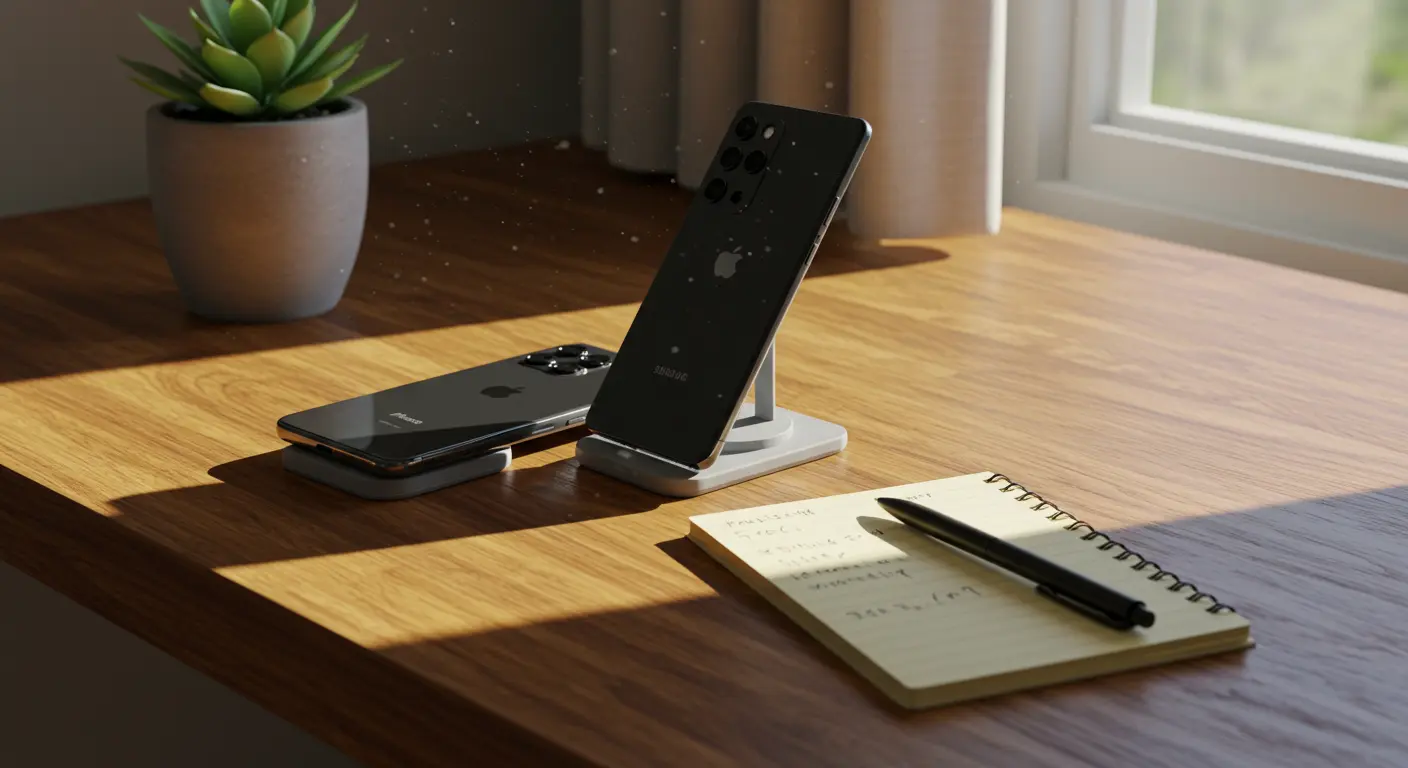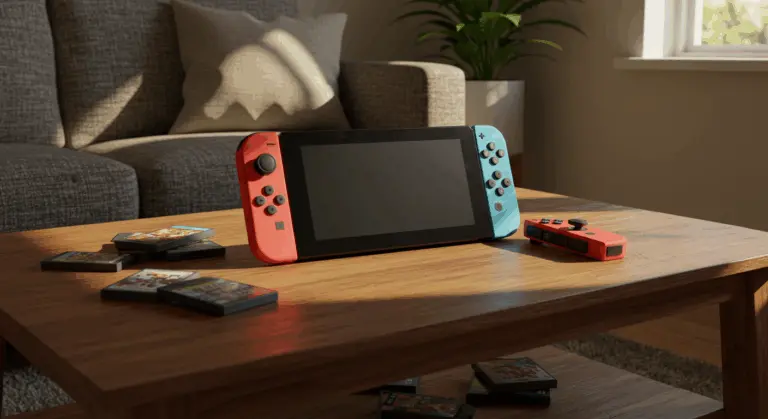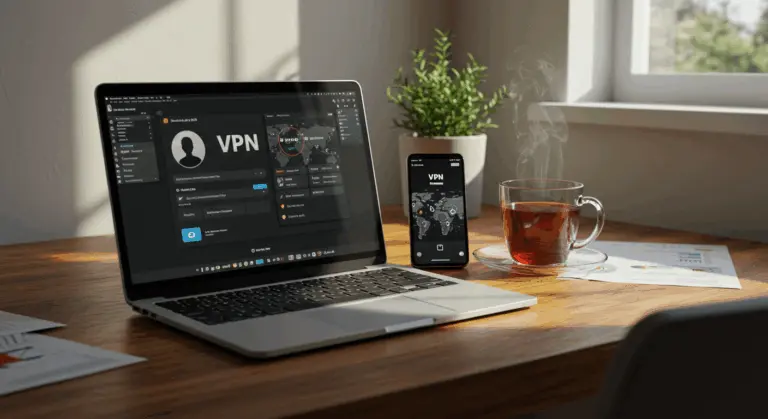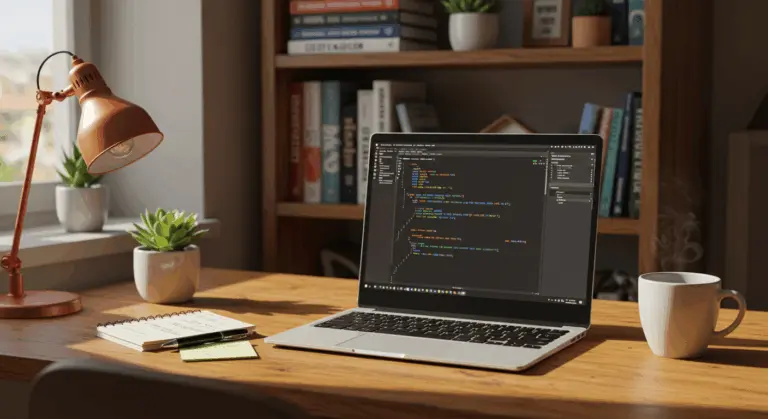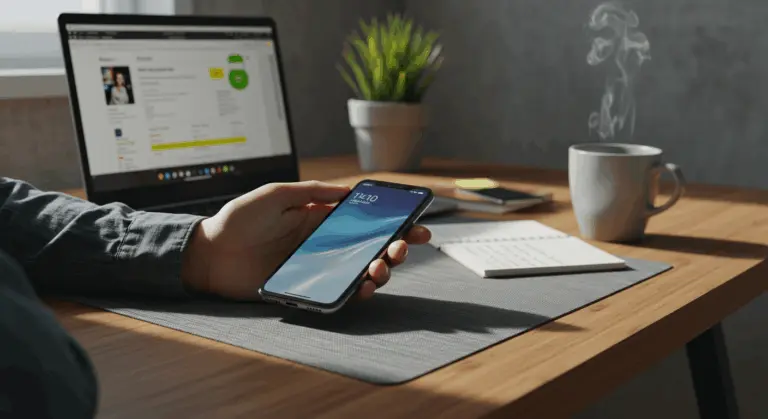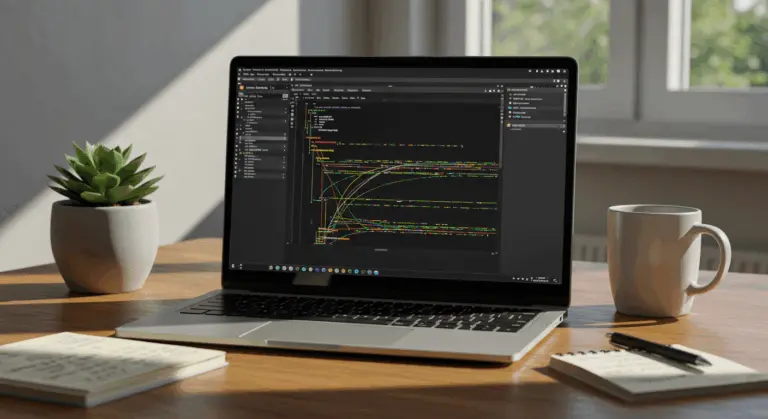iPhone vs Samsung Battery Life – Comprehensive Comparison
Understanding Battery Life – Key Factors
When comparing iPhone vs. Samsung battery life, three key factors shape longevity:
Battery capacity serves as a fundamental benchmark. Samsung’s flagship phones, like the Galaxy S24 Ultra with its 5,000 mAh battery, typically have larger capacities than iPhones. Yet raw specifications tell only part of the story.
Apple often achieves better results through superior software optimization. The tight integration between its custom chips and iOS, combined with stricter management of background processes, enables iPhones to rival—or even surpass—Samsung’s endurance despite their more modest battery capacities.
Your personal habits ultimately dictate real-world battery performance. Heavy gaming sessions or marathon video streaming will rapidly deplete any device, while conservative usage extends endurance across all brands.
This creates an interesting balance: Samsung leads with larger battery capacity, while Apple focuses on system-wide efficiency.
Battery Life Comparison – iPhone 16 Pro Max vs Samsung Galaxy S24 Ultra
Direct testing shows the Samsung Galaxy S24 Ultra’s impressive battery life. Standardized tests place its runtime at approximately 16 hours and 45 minutes, among the best in the premium smartphone category.
This substantial battery capacity translates to genuine all-day reliability under typical usage—potentially stretching across two days with lighter demands. Video playback? It delivers an impressive 28+ hours of continuous entertainment.
Though the S24 Ultra frequently dominates in pure endurance metrics, the iPhone 16 Pro Max remains highly competitive due to its efficiency, with real-world differences often depending on the specific tasks performed.
Despite the Galaxy S24 Ultra’s raw endurance advantage, Apple’s efficient design means real-world performance gaps often prove less dramatic than spec sheets might suggest.
Real-World Battery Performance – Test Results
Real-world battery testing shows close competition between the iPhone 16 Pro Max and Samsung Galaxy S24 Ultra. Lab tests provide valuable data, yet actual user experiences frequently paint a more complex picture.
Under demanding, controlled testing conditions, the Galaxy S24 Ultra delivers approximately 8 hours of operation, the iPhone 16 Pro Max typically edges ahead by a modest 20-30 minute margin.
Samsung’s adaptive refresh rate technology, however, which dynamically adjusts the screen from 1Hz to 120Hz based on content, can significantly extend battery life during less demanding tasks.
Personal usage patterns dramatically influence real-world outcomes. Some users find Samsung’s power-saving features give it an edge, while others prefer the consistent performance of Apple’s integrated ecosystem.
Temperature sensitivity is another important factor in practical testing scenarios.
Charging Speed – iPhone vs Samsung
Samsung has a clear advantage in charging velocity. Samsung devices charge to full capacity in just over an hour, while iPhones typically need a more leisurely 90-minute journey.
This velocity gap stems from fundamental charging architecture differences: Samsung flagships support up to 45W wired charging, whereas recent iPhones are limited to around 27W.
The wireless charging gap is similar:
-
Samsung: Supports 15W fast wireless charging and reverse wireless charging (Power Share) to power accessories.
-
Apple: Offers 15W wireless charging via MagSafe-certified chargers but is limited to 7.5W with standard Qi chargers.
Apple’s cautious philosophy potentially safeguards long-term battery vitality, as faster charging generates more heat, which can degrade batteries over time. This shows the trade-off between immediate convenience and sustained longevity.
While battery capacity dominates smartphone endurance discussions, software optimization is equally important in determining real-world performance.
iOS and Android pursue distinctly different power management philosophies. Apple’s tight integration of hardware and software allows for exceptional optimization, as the company controls both aspects of the iPhone experience. This complete control allows for precise system-level power optimization, resulting in standby times that often surpass Samsung devices despite smaller battery capacities.
Samsung has achieved remarkable progress in software optimization through One UI evolution, particularly in recent generations. The company’s adaptive power saving modes intelligently adjust performance based on usage patterns, while features like adaptive refresh rate technology dynamically scale the display between 1Hz and 120Hz depending on on-screen content. This is a significant improvement over earlier, more primitive implementations that could only switch between fixed refresh rates.
The two platforms handle background processes very differently. iOS takes a more aggressive approach to limiting background activities, which preserves battery life but can sometimes impact functionality. Android offers more freedom for background processes, which benefits multitasking but can lead to higher battery drain when not properly managed. Samsung’s improved background optimization has narrowed this performance gap.
Display technology profoundly influences battery consumption, with each manufacturer making strategic trade-offs.
Software optimization is the key factor that allows iPhones to compete with—and sometimes exceed—the battery performance of Samsung devices despite their typically smaller battery capacities. This performance gap has narrowed as Samsung has improved its power management, but Apple’s control over both hardware and software continues to provide advantages in extracting maximum endurance from each William-hour of battery capacity.
Refurbished Phones – Battery Health Considerations
Battery health is a key consideration when exploring refurbished iPhone or Samsung options. Unlike new phones with pristine batteries, refurbished models have already gone through a portion of their battery lifecycle, directly influencing both long-term usability and overall value proposition.
Battery capacity retention serves as the crucial benchmark for refurbished devices. Most smartphone batteries are designed to retain at least 80% of their original capacity after 500 charge cycles, a standard cited by both Apple and Samsung.
Look for sellers who provide clear battery health information when evaluating refurbished alternatives. Reputable refurbishers often list the battery health percentage; aim for devices with at least 85% battery health for reasonable longevity. Premium refurbishers often proactively replace batteries falling below specific thresholds, offering nearly new battery performance in otherwise pre-owned devices.
Physical inspection can reveal battery problems. Look for screen or frame separation, which may indicate battery swelling, and be wary of excessive heat during charging or rapid power drain.
Replacement costs—a pivotal decision factor—vary considerably between brands:
-
Apple: Official replacements typically cost between $69 and $99.
-
Samsung: Official replacements range from $50 to $100.
Repair accessibility deserves careful consideration. Samsung phones are often easier for third-party shops to service, while iPhones may require more specialized tools, potentially influencing long-term ownership economics.
Conclusion – Which Phone Offers Better Battery Life?
Which phone truly delivers superior battery life? The answer isn’t straightforward, as both iPhone and Samsung flagships deliver excellent, highly competitive endurance. Though certain benchmarks reveal marginal advantages, real-world differences are often minimal.
iPhone’s advantage comes from Apple’s tightly integrated hardware and software, which allows for exceptional power efficiency despite smaller physical battery sizes. This optimization becomes particularly noticeable in standby time and background processes management, where iPhones typically excel.
Your best choice depends on individual usage patterns and personal priorities. If you value fast charging capabilities, Samsung’s significantly quicker charging technology might outweigh slight differences in overall endurance. Alternatively, if consistent performance and exceptional standby efficiency matter most, Apple’s approach might better suit your needs.
The choice comes down to what matters most to you. If you value the fastest charging speeds, Samsung is a strong contender. If you prefer a highly efficient, integrated ecosystem, the iPhone may be a better fit. Both brands offer excellent battery life, so your decision should consider other factors like the operating system, camera, and overall value.

